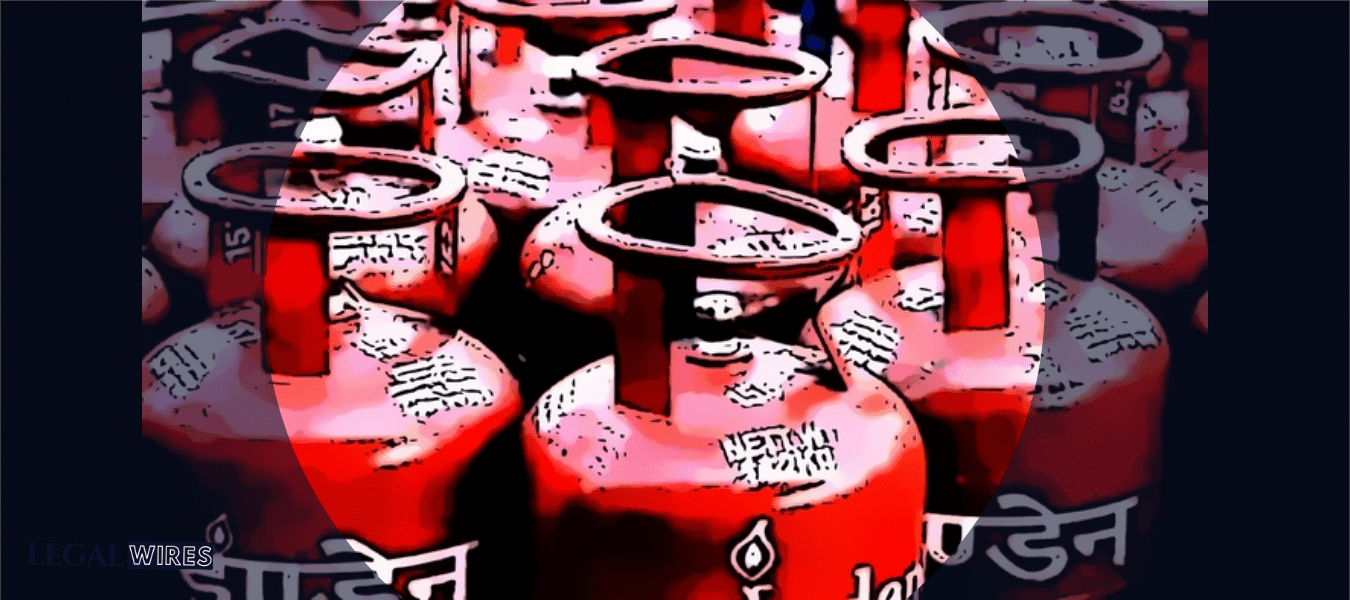A landmark judgment that established the law on price parallelism for oligopolies that price parallelism by itself is not conclusive of an arrangement of bid-rigging.

Citation: 2018 SCC OnLine SC 1718, Civil Appeal No. 3546 of 2014
Date of Judgment: 1st October, 2018
Bench: A. Bhushan, A. Sikri
A landmark judgment that established the law on price parallelism for oligopolies that price parallelism by itself is not conclusive of an arrangement of bid-rigging.
FACTS:
The Competition Commission of India (hereinafter referred to as “CCI”) initiated suo motu proceedings against suppliers of LPG cylinders (appellants) on receiving information regarding occurrence of unfair practices (bid-rigging) in tender floated by Indian Oil Corporation Ltd. (hereinafter referred to as “IOCL”) for the supply of 105 Lakh 14.2 kg capacity LPG Cylinders with SC valves in the year 2010-11. A Director General (hereinafter referred to as “DG”) was appointed by CCI to investigate the same.
Based on DG’s report the CCI ruled the existence of element of collusive bidding/ bid-rigging on the following factors-
(i) market conditions; (ii) small number of suppliers; (iii) few new entrants; (iv) active trade association; (v) repetitive bidding; (vi) identical products; (vii) few or no substitutes; (viii) no significant technological changes; (ix) meeting of bidders in Mumbai a few days prior to submission of the bids; (x) appointing common agents; and (xi) identical bids despite varying cost.
The CCI imposed penalties against 45 companies for entering into the arrangement of bid-rigging. Out of these 45 companies, 44 companies filed appeal before the Competition Appellate Tribunal (hereinafter referred to as “COMPAT”).
COMPAT upheld the decision of CCI that the suppliers of LPG Cylinders to IOCL had indulged in cartelisation, thus influencing and rigging the prices, which amounts to violation of provisions of the Competition Act, 2002 namely- Section 3(3)(a) [Agreement directly or indirectly determining purchase or sale prices shall be presumed to have an appreciable adverse effect on competition and hence prohibited] and Section 3(3)(d) [Arrangement directly or indirectly resulting into bid rigging or collusive bidding shall be presumed to have an appreciable adverse effect on competition and hence prohibited].
The final appeal against the decision of COMPAT was filed before the Supreme Court.
LAW POSITIONS ESTABLISHED BY THE COURT:
The Supreme Court ruled in favour of the appellants and established the following concepts:
- Taking precedent from Excel Crop Care Ltd. v. Competition Commission of India[1]the court discussed the scope and ambit of Section 3 [Anti-Competitive Agreements]. Section 3 prohibits anti-competitive agreements and brings about the prime objective of Competition law. The purpose of the Competition Act is not only to eliminate practices having appreciable adverse effect on the competition but also to promote and sustain competition in the market. Effective enforcement is vital under Competition law not only to sanction anti-competitive conduct but also to deter future competitive practices.
- The court affirmed the purpose and meaning of Section 3 that once the CCI has established that an agreement falls under the provisions of Section 3 then it shall be presumed that such agreement has an appreciable adverse effect on competition. As such, the burden of proof to negate the presumption shall shift on the opposite party.
- Relying on previous judgements and international jurisprudence the Supreme Court discussed and established the ‘principle of standard of proof‘ that there may not be a direct evidence or a formal contract on the basis of which cartelisation or anti-competitive agreements can be proved as such agreements are normally entered into in closed doors. Hence, some other facilitating factors or circumstantial evidences can be used to determine the existence of such arrangements.
“Thus, even in the absence of proof of a concluded formal agreement, when there are indicators that there was practical cooperation between parties which knowingly substitute the risk of competition, that would amount to anti-competitive practices.” [Para 83].
- The court also discussed the theory of oligopolistic market and took note of the test laid down in Dyestuffs [Imperial Chemical Industries Ltd. v. Commission of European Communities[2]] which was accepted in Excel Crop Care Limited, that in such a market, the competitors are aware of one another’s presence and so, to survive in the market they have to match each other’s marketing strategy. This is one of the plausible reasons that in an oligopolistic market, the prices of competitors are almost similar.
The court ruled that although parallel behaviour/pricing in an oligopolistic market may provide strong evidence of a concerted practice, yet it is not conclusive. Some more evidence or proof has to be taken into account before determining such anti-competitive arrangement.
“…there has to be other credible and corroborative evidence to show that in an oligopoly the reduction in price would swiftly attract the customers of the other two or three rivals, the effect upon whom would be so devastating that they would have to react by matching the cut.” [Para 99]
- In the present case, there were only 3 buyers (all public sector companies) of the LPG cylinders manufactured by the appellants, namely, IOCL, Bharat Petroleum Corporation Ltd. (BPCL), and Hindustan Petroleum Corporation Ltd. (HPCL), out of which, IOCL was the leading market player in LPG having a market share of 48%. Hence, a situation of oligopoly prevailed in the LPG market owing to a limited number of buyers. It was therefore the buyers and not the suppliers/manufacturers that had control and influence over the price fixation of LPG cylinders.
- The Supreme Court in this landmark judgment established the law on price parallelism in oligopolies that price parallelism by itself cannot be construed as collusive bidding/bid-rigging. The Supreme Court disagreed with the findings of the CCI and held that there was insufficient evidence to prove bid-rigging or any other anti-competitive agreement under Section 3.
[2] 1972 ECR 619 (ECJ).


